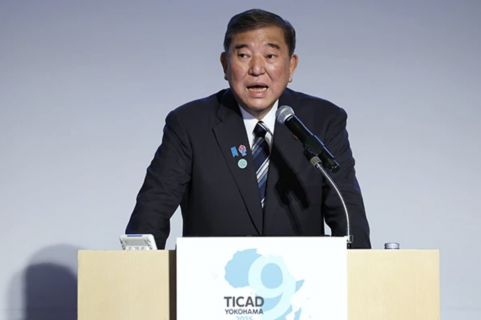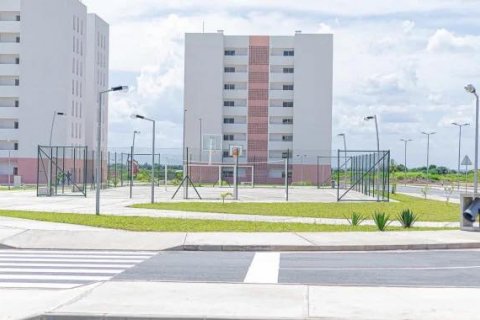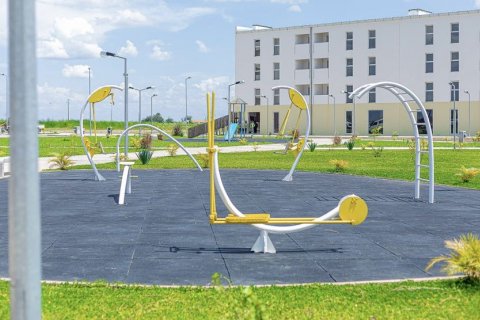Leonardo Severino Sapalo was speaking to journalists after a delegation of diplomats of various nationalities visited the British non-governmental organisation Halo Trust, as part of a trip to the Lobito Corridor.
“In the provinces of Huambo and Benguela, the work of demining known mined areas is practically coming to an end. In other words, the areas identified and catalogued in the national database of mine action correspond to the operational reports on the completion of these tasks”, the official said.
The provincial government and municipal administrators will still have to confirm that the known mined areas no longer exist in order to declare the province free of known mined areas, he stressed, as there is still a stage of residual demining.
Angola went through a long civil war lasting almost 30 years after independence, which left extensive mined areas throughout the territory.
In the case of the Lobito Corridor, a railway infrastructure that runs for approximately 1,300 kilometres across Angola from the Port of Lobito to the border with Zambia, 43,142 anti-personnel mines, 2,460 anti-tank mines and 235,050 unexploded ordnance were removed and destroyed over an area of 74,763,917 square metres.
But in addition to Huambo and Benguela, there are at least 192 minefields located along the Lobito Corridor, in adjacent municipalities in the provinces of Bié and Moxico, according to estimates by the Halo Trust, which has been operating in Angola since 1994.
According to Leonardo Sapalo, there are 975 areas to be cleared throughout the country and funding is needed to ensure that the demining units (Angolan Armed Forces and the National Demining Centre) “have the logistical and technical capacity to carry out the intervention and, subsequently, eliminate these areas.
The director general of ANAM indicated that to clear one square metre approximately 3 dollars and 10 cents are needed, which means a financial effort of approximately 240 million US dollars to clear the known areas.
Leonardo Sapalo stated that in addition to the funds from the General State Budget, international resources are being mobilised, and stressed that in addition to the known areas there may be others that have not yet been located.
In the case of the Lobito Corridor, which crosses several Angolan provinces in addition to Benguela and Huambo, greater attention will now be given to the provinces of Bié, Moxico and Moxico Leste, with demining already carried out in the entire area surrounding the railway.
The Halo Trust headquarters was one of the stops of the diplomatic delegation that was part of a visit organized by the United States Embassy to the Lobito Corridor with 17 European and other national ambassadors, as well as Angolan officials and business leaders.
The aim is to interact with local communities, demining specialists and government authorities to assess the impact of the initiatives that are being promoted and to visit some business projects.
The Lobito Corridor, whose concession was awarded to Lobito Atlantic Railway, a consortium that includes three European companies including the Portuguese Mota-Engil, is a priority infrastructure for the USA and the European Union.







